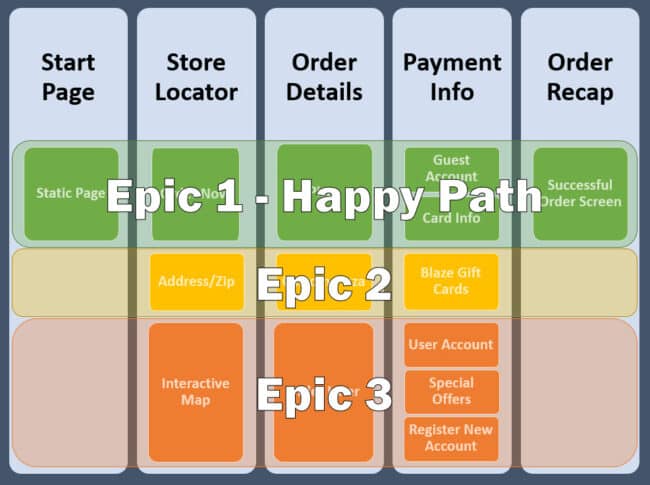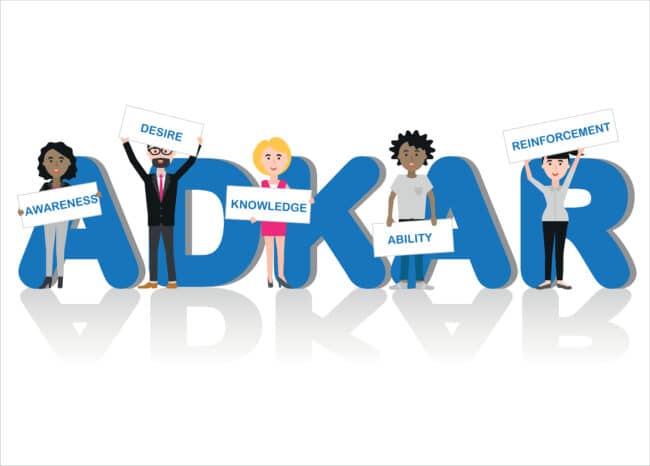Employee onboarding is a standard company practice, getting new hires up to speed so they can thrive and contribute to the organization as quickly as possible. However, this process often ends following the initial orientation. This guide outlines how continuously onboarding your employees through process improvement tools and techniques can keep your entire workforce engaged.
Separating Onboarding from Orientation
Before implementing a continuous onboarding system, it’s important to separate onboarding from orientation. Employee orientation is an important, logistical process. This is where the new hire completes paperwork to get on the payroll and benefits, authorize employment status, and take any mandatory training that may be required. The new member also learns more about their job duties and responsibilities as well as other details of doing work day-to-day. An onboarding is more thorough. Through the onboarding process, the employee continuously learns about the company history and culture, all of its operations, values and strategic goals.
Many onboarding processes end after the employee’s 90-day probation period. Employees are often expected to be up to speed with best practices and culture. But this may not be enough time. It often takes a full year for a new employee to truly understand an organization and experience the life cycle of the work. Employees experience deadlines, quarterly reports, and busy seasons by this point. So, the premiere onboarding programs run a full four quarter Oncycle.
Implementing Onboarding Programs
Onboarding an employee for a year or more can sound like a daunting task. However, the process can be simplified by chunking important content by quarter. Training, performance touchpoints, and regular team meetings can all be a part of onboarding.
By setting up four to six touch points throughout the year, managers can ensure that employees are fully immersed within an organization. And employees can reap the benefits of the entire organization with this guidance.
Re-enrolling, Re-recruiting, Re-engaging
A continuous onboarding process shows long term investment in employees, which can transform an organization. By taking enrollment and recruitment beyond an employee’s first months, managers can engage the workforce and improve retention over time.
To fully implement this approach, consider what you want employees to be reminded of. This could include the company’s strategic direction, the values that drive organizational culture, and the ways in which employees contribute to the whole. Then put systems in place to re-center employees and continually engage them. Touchpoints like one-on-one meetings with upper management, employee appreciation events, and regular professional development opportunities can make a significant impact.
These systems also allow managers to encourage strong performers to stay the course, reaching them as early as possible. The employees who keep values and purpose in mind following re-recruiting will stick with the company and feel motivated to pursue leadership opportunities. Once this business transformation framework is in place, a growth cycle can begin within the organization.
Keep in mind that continuous onboarding will look different for every organization. Larger companies, for example, will need to be particularly diligent about systems, since there are more individuals involved with the process. The key is to test out procedures, gather feedback, and adjust accordingly.
If you’re ready to build an onboarding experience that encourages business transformation one person at a time, the team at InfoWorks is available to help. Headquartered in Nashville, TN, our team helps organizations thrive through analytics, management, and technology solutions. Contact us today to get started.




